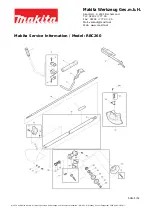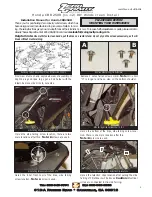Reviews:
No comments
Related manuals for SII LTP02-245-13

RBC260
Brand: Makita Pages: 12

10i
Brand: Oki Pages: 210

FP-D355
Brand: Panasonic Pages: 77

CD 290
Brand: KBS Pages: 37

3160
Brand: IBM Pages: 102

SR Series
Brand: ZERO GRAVITY Pages: 6

TS10
Brand: NARGESA Pages: 27

Condumax CLS15
Brand: Endress+Hauser Pages: 28

AXS FL
Brand: Acdeos Pages: 38

URANO
Brand: X-lite Pages: 6

C9850hdn
Brand: Oki Pages: 48

C3200n
Brand: Oki Pages: 65

C6100dn
Brand: Oki Pages: 44

C6100dn
Brand: Oki Pages: 36

SF40A
Brand: OHAUS Pages: 28

WORKIO DP-CL21
Brand: Panasonic Pages: 169

C9650n
Brand: Oki Pages: 126

82xx
Brand: Xerox Pages: 8

















